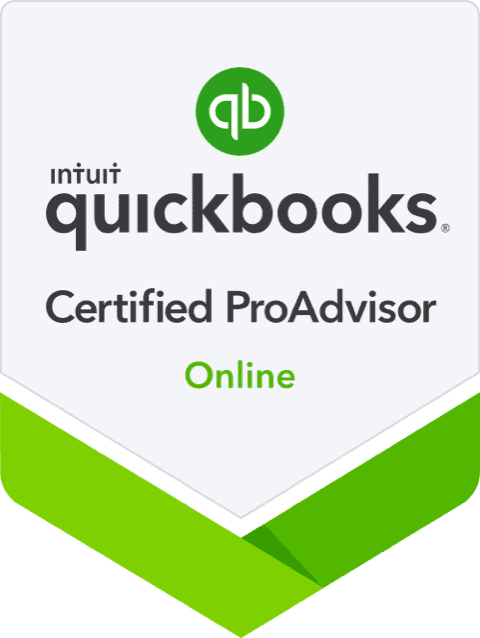Budgeting for Profitability: Using Operational Leverage to Your Advantage

What is operational leverage?
Leverage usually refers to the ratio of debt that a business carries on its books. So a company that finances itself with a high amount of debt is said to have high leverage, meaning that once it has the necessary amount of revenue to support (pay for) its debt (monthly loan payments), its equity holders will retain a relatively large share of profit from incremental sales above this point. Conversely, if the business cannot support its debt, the equity holders will bear a more significant burden. Simply stated, high leverage most often means higher risk and higher reward. Operational leverage is a corollary; higher operational leverage means higher operational risk and reward. Instead of referring to debt structure, operational leverage refers to the business’s operational cost structure.
Two extreme examples of operational leverage to illustrate:
First,
Picture a debt-free business that performs only one service where employees are paid a commission on 70% of all sales made. Additionally, as part of an agreement, 20% of all sales must be paid as percentage rent to the landlord, and the remaining amount is kept as profit. In this scenario, the business cannot lose money, as all costs are a contingent percentage (variable costs) of sales made. However, as the company continues to expand and grow revenue, it can only keep a maximum of 10% of profits, as 90 cents of every dollar sold must be paid out. In other words, this business has -0- operational leverage.
Second,
Imagine a service business that borrowed all of its initial cash for operations (100% debt-financed) from a bank, and all employees are paid a fixed salary each month. Now, this business can lose a lot of cash each month because if it has -0- sales, for instance, it will still have to pay the monthly loan payment to the bank and salaries to all employees (no matter what). But, the business will get to keep every dollar it makes over the amount needed to pay its debts and employees.
How does operational leverage affect your business?
Consider the two extreme examples above; in the first scenario, there is no cash loss downside to operating the business but only a fixed percentage available for profit (no matter how much revenue is generated). There is a large fixed amount of loss each month in the second scenario but almost unlimited profit percentage potential as revenues grow beyond servicing the fixed bank loan and salaries. Therefore high operational leverage is a great way to structure the business if there is 1) a clear pathway to generate enough revenue to service fixed costs (loan & salaries) and 2) a high expected revenue ceiling. Lower operational leverage may be desired when there is little access to initial funding, and the business cannot afford to have a low or -0- revenue month.
How to best utilize and budget for operational leverage in your business?
It is essential to understand which of your costs are fixed (costs that must be paid and are not dependent on revenue level, such as fixed salaries) and which are variable (commissions paid for generated revenue). From there, it becomes partly a decision based on tolerable risk and expected reward (profit). If you’re confident in the business’s revenue potential and can stomach a bad month or two, you could consider re-adjusting the structure to increase the ratio of fixed to variable costs. This increases operational leverage and your upside reward (higher profit percentage than sales). On the other hand, if the business itself may be at risk after a string of bad months (and cash on hand is low with limited outside funding options), then you could consider shedding fixed costs and increasing the ratio of variable costs to decrease operational leverage and decrease downside potential.
By Kyle Smith, CPA





